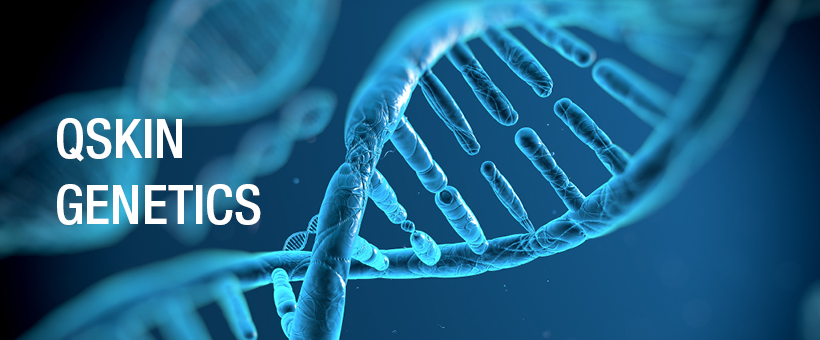
Australian researchers recruit for world’s largest skin cancer study
Queensland researchers have launched the world’s largest ever genetic study of skin cancer and are calling on more than 20,000 Australians to take part.
Australia has the highest rates of skin cancer in the world. Each year more than 400,000 Australians are treated for all forms of skin cancer, including melanoma, squamous cell carcinoma and basal cell carcinoma.
More than 12,000 Australians are diagnosed each year with invasive melanoma, which is the deadliest type of skin cancer.
QIMR Berghofer Senior Scientist Professor David Whiteman said the research team wanted to collect DNA samples from 20,000 adults – including people with and without skin cancer, and with a range of skin types – to better understand the role genes play in the disease.
“We recruited more than 44,000 Queenslanders 10 years ago to take part in the first stage of our QSkin study so we could document the burden of the disease and better understand how skin cancers develop,” Professor Whiteman said.
“We now want to find out what genes are involved. We have already analysed genetic information from more than 18,000 of those original study participants, but in the next phase of the research, we want to supercharge that effort and include more Australians in the research.
“Our aim is to collect genetic information for at least 38,000 people because genetic studies need very large numbers of participants to have enough statistical power to find the important genes.
“By comparing genetic data from a large cross-section of people, we will also get vital information about how skin cancers develop, so we can work towards better ways of preventing and treating them.
“The first stage of our QSkin study helped us develop a melanoma risk predictor, which is now online and available for public use.”
The research team is urging Australians aged 18 and over to take part in the study.
“We would like to recruit adults of all ages, and with a range of skin tones,” Professor Whiteman said.
“However, we are particularly urging Australians aged over 30 to sign up.”
“You don’t have to have had skin cancer to sign up. It’s just as important for people with no history of skin cancer to join this study so we can find the ‘protective’ genes that reduce the risk of these cancers.”
The study’s project manager, Dr Catherine Olsen, said participating in the research was easy and unobtrusive.
“DNA collection has changed considerably over the years and now only requires participants to provide a saliva sample. We also want our volunteers to take a short survey about their general health, skin characteristics and sun habits,” she said.
“The DNA samples will allow us to see how genes vary for different people, and how they might be related to skin cancer risk.”
“We want to find out why some people get skin cancers and others don’t. These large genetic studies are the best way of answering those questions.”
Study participant Cathy Matt said she signed up to help find answers to the disease that has menaced most of her family.
“My mother, my two siblings, other members of my extended family and I have all had skin cancers cut out. I’d like to know what makes us so susceptible and if it is in our genes,” Ms Matt said.
“Hopefully identifying the genetic causes of skin cancer will eventually lead to better preventions and treatments, which will help my son avoid the skin cancer problems that have affected the rest of my family.
“It’s also so easy to be involved. It doesn’t hurt to spit in a tube and answer a few questions, and it takes hardly any time.”
“Considering Australia has the highest skin cancer rates in the world, we owe it to ourselves and others to find out what drives this disease.”
To find out more information or take part in the study visit the QSkin Genetics web page.
Participation in the research is strictly confidential.
DNA gathered from saliva samples will be included in a biobank for immediate and future genetic analysis and handled with strict confidentiality, in accordance with Commonwealth Privacy and National Health and Medical Research Council (NHMRC) Guidelines.
The research is funded by the National Health and Medical Research Council (NHMRC) of Australia.




